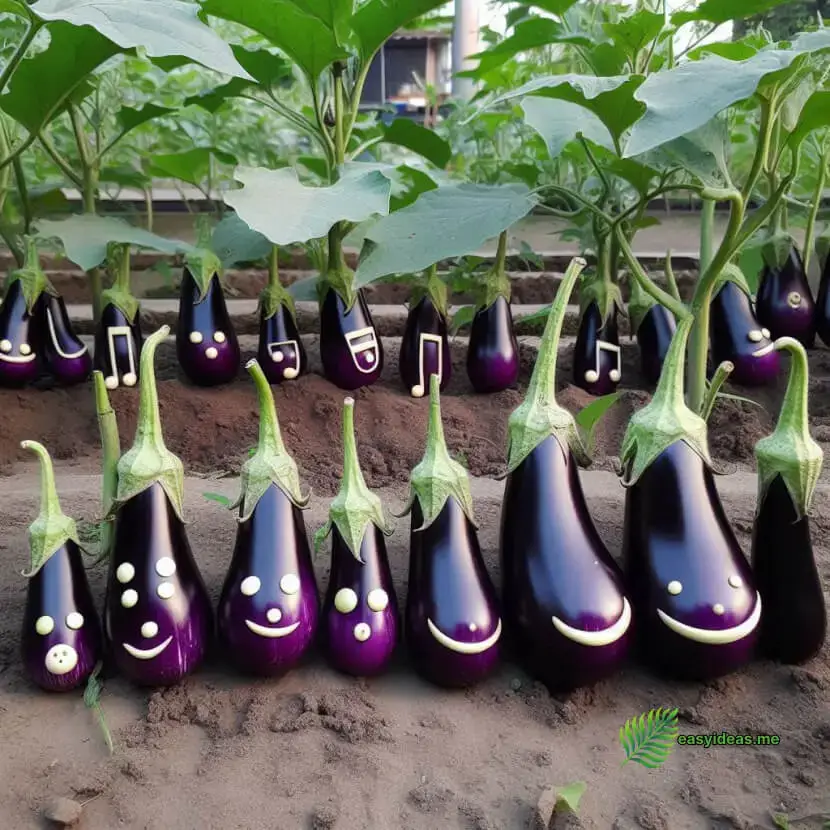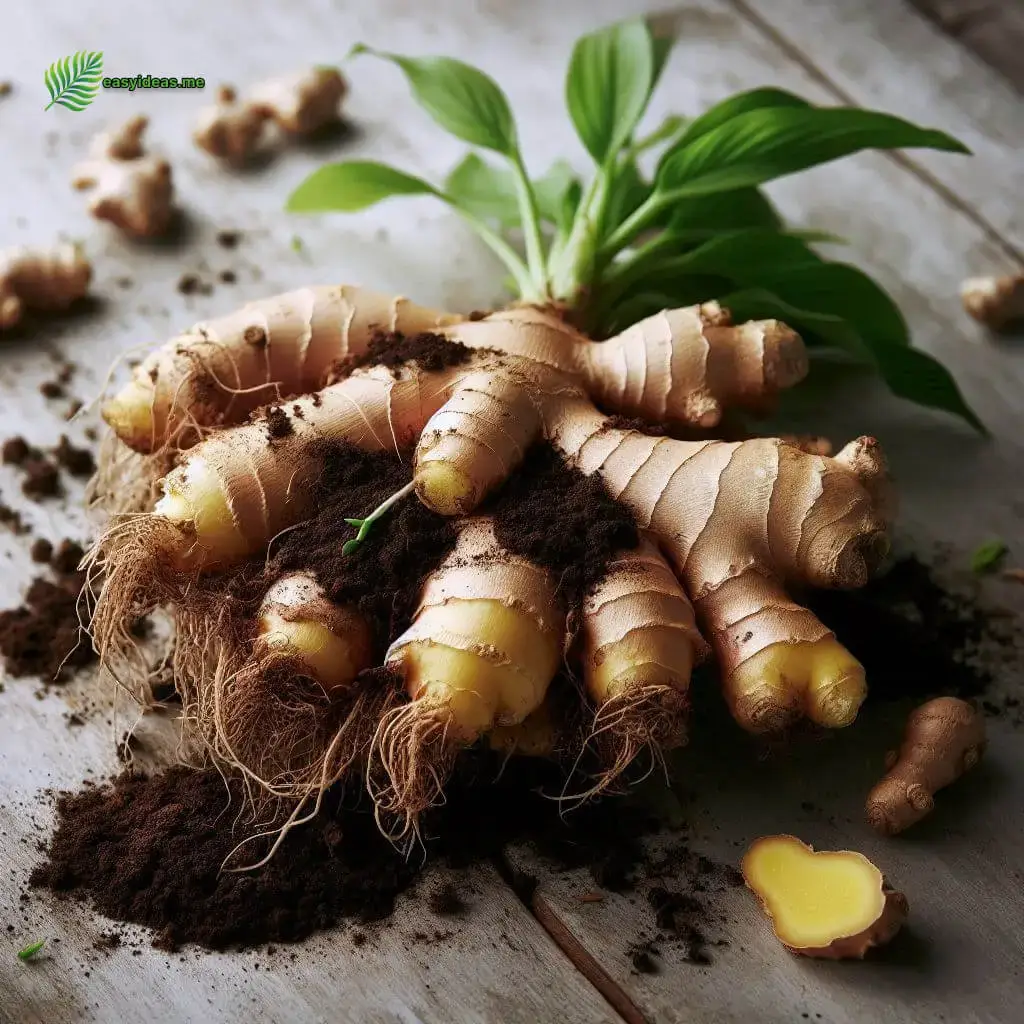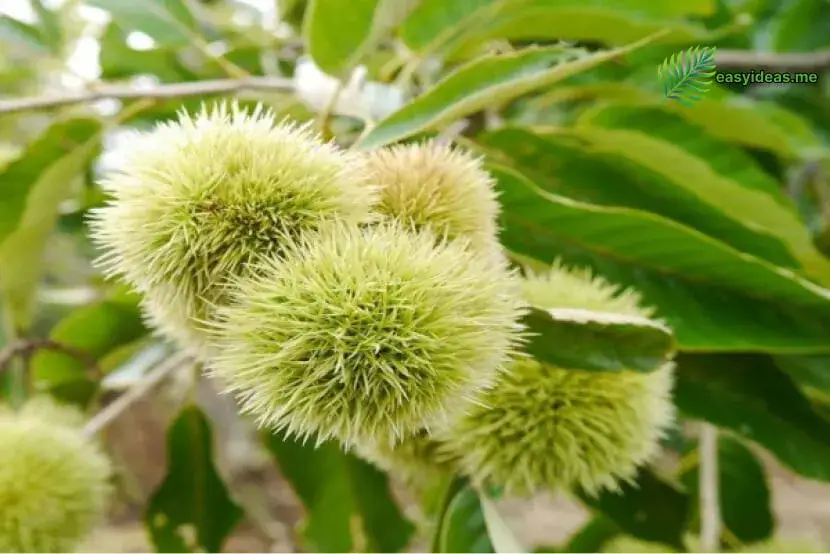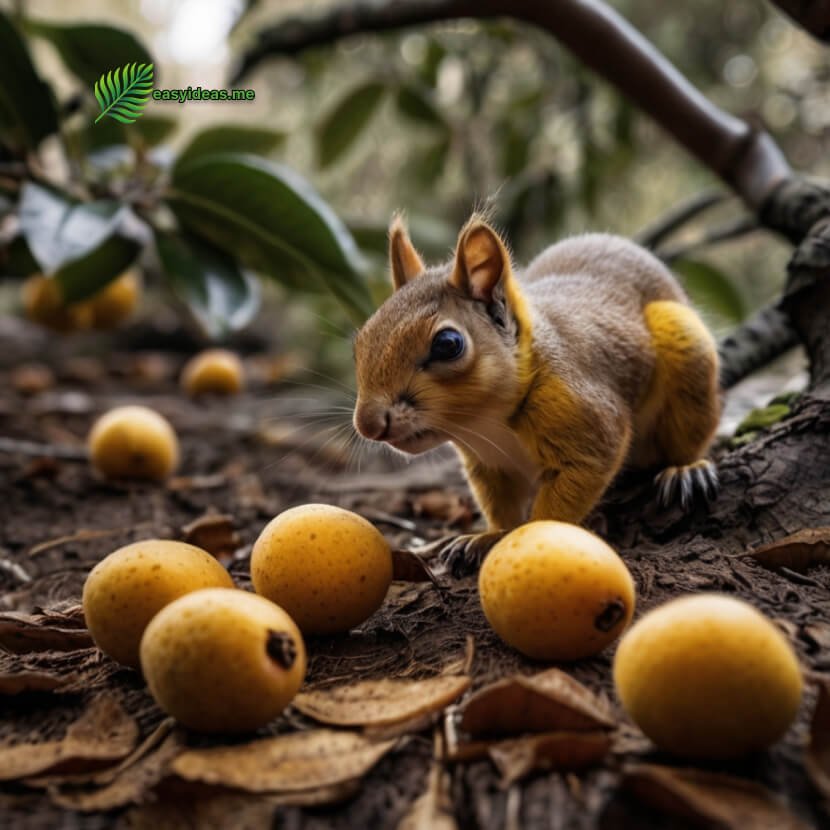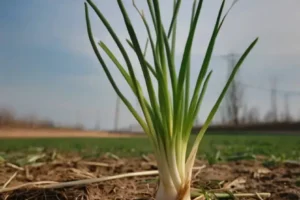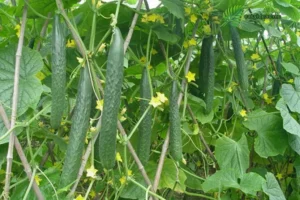Eggplants are a common and versatile vegetable in many cuisines, but sometimes they don’t grow as perfectly as we might like. One common issue gardeners and farmers face is the curvature or deformation of eggplants, making them look less appealing. Understanding the reasons behind this can help improve the quality and appearance of the produce. In this article, we will explore the various factors that can cause eggplants to grow curved and how to address them effectively.
1. Pollination Issues
- Pollination is one of the crucial agricultural practices in eggplant cultivation. However, many farmers often struggle to control the concentration and position of the pollination agent, which can lead to curved eggplants.
- The concentration of the pollination agent should vary with the temperature; higher concentrations are needed in cooler conditions, while the concentration should be reduced appropriately in warmer conditions.
- Besides the concentration, the application position of the pollination agent is also critical. Some farmers tend to apply the agent only to the base of the flower, neglecting the other side, which can result in uneven seed development and, consequently, curved fruits.
2. Temperature Issues
- Eggplants are warm-loving crops, with optimal daytime temperatures during the seedling stage ranging from 25-30°C and nighttime temperatures between 15-20°C. If the greenhouse temperature falls below these optimal levels, the plants may grow poorly, and flower bud differentiation may be affected, leading to curved growth.
- Therefore, maintaining proper insulation in the greenhouse is essential during eggplant cultivation, especially at night, to prevent low temperatures from impacting flower bud differentiation and causing curved fruits.

3. Light Issues
- Light is another factor influencing flower bud differentiation in eggplants. They require at least 8 hours of light per day. Insufficient light can affect flower bud differentiation and lead to poorly developed flowers, resulting in curved fruits.
- Thus, ensuring adequate light exposure is crucial in eggplant cultivation. Generally, maintaining more than 8 hours of light per day should meet the requirements for flower bud differentiation in eggplants.
4. Fertilization and Watering Issues
- Eggplants are nutrient-loving crops, with the highest demand for nitrogen, followed by potassium, and the least for phosphorus. During the seedling stage, they require more nitrogen and phosphorus, while in the fruit enlargement stage, base fertilizer application should be increased to promote fruit growth.
- If fertilization and watering are insufficient, the fruits cannot expand properly and will grow curved. Therefore, throughout the eggplant’s growth period, ensuring sufficient nutrients is crucial, especially during the fruit enlargement stage, where adequate potassium supply is necessary.
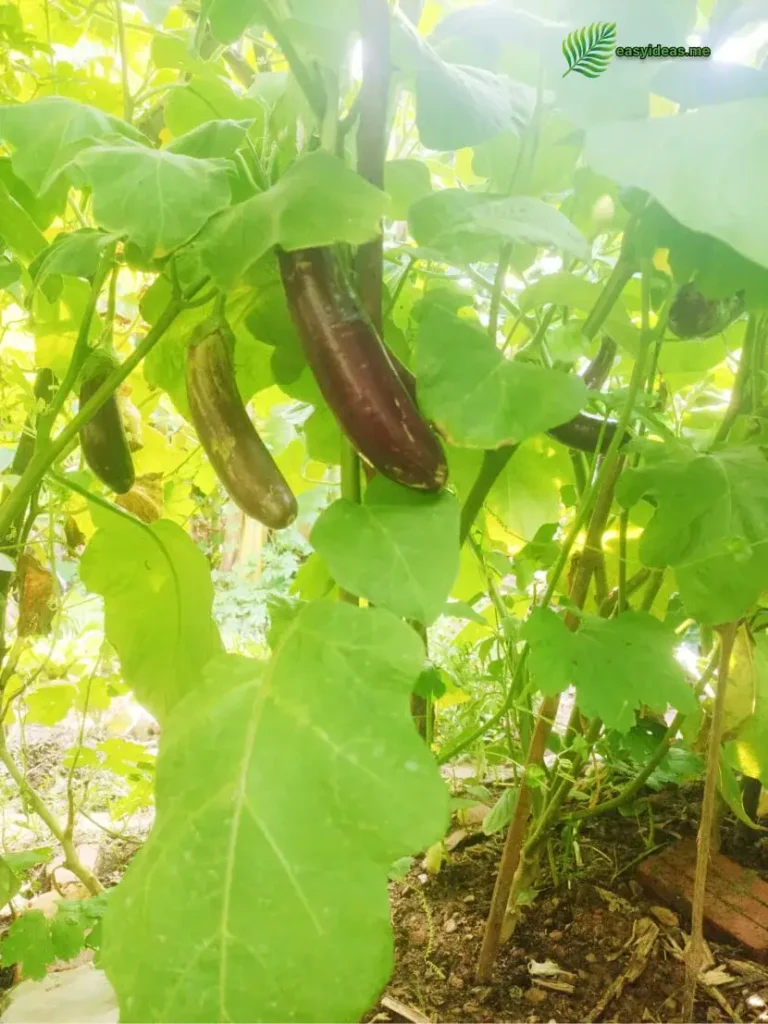
Early-maturing varieties of eggplants take about 40-50 days from seedlings to fruiting, while mid-maturing varieties require 50-60 days, and late-maturing varieties need 60-70 days to bear fruit. Typically, the fruits can be harvested about 15-20 days after they start to form. Eggplants thrive in high temperatures. The optimal temperature for seed germination is 25°C-30°C. During the seedling stage, the ideal daytime temperature is 25°C-30°C, and the nighttime temperature is 15°C-20°C.
READ MORE: 13 “Taboos” of Spring Fertilization

